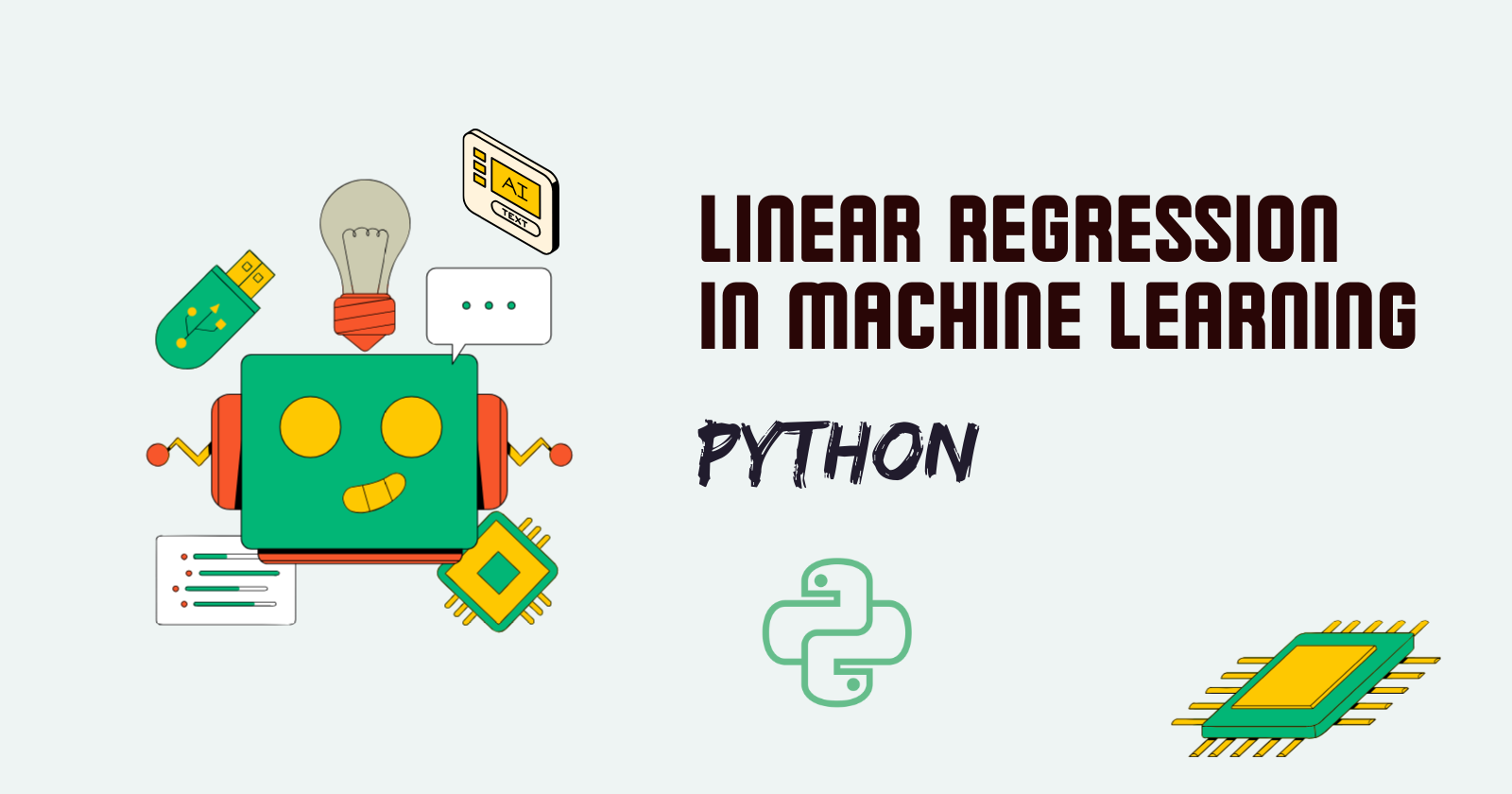Comprehensive Guide to Linear Regression: Examples and Model Diagnostics
 ByteScrum Technologies
ByteScrum Technologies
Linear regression is one of the simplest yet most powerful tools in the realm of machine learning and statistics. It's a fundamental algorithm that helps us understand relationships between variables and make predictions. Whether you're new to data science or a seasoned pro, mastering linear regression is a must. In this blog, we'll explore linear regression, provide easy-to-understand examples, walk through the steps to build a linear regression model from scratch, and cover model diagnostics to ensure our model is reliable.
What is Linear Regression?
Linear regression is a statistical method used to model the relationship between a dependent variable (target) and one or more independent variables (predictors). The goal is to find the best-fitting straight line (regression line) through the data points that can predict the target variable based on the predictor variables.
The Linear Regression Equation
The equation for a simple linear regression model (one predictor variable) is:
$$y=b0+b1x$$
Where:
y is the dependent variable (target).
x is the independent variable (predictor).
b0 is the intercept (the value of yyy when xxx is 0).
b1 is the slope (the change in yyy for a one-unit change in xxx).
For multiple linear regression (more than one predictor), the equation extends to:
$$y=b 0 +b 1 x 1 +b 2 x 2 +…+b n x n $$
Real-World Examples of Linear Regression
Predicting House Prices:
Imagine you want to predict the price of a house based on its size. Here, the house price is the dependent variable, and the size of the house is the independent variable. By plotting the data points and fitting a regression line, you can estimate house prices for given sizes.
Salary Prediction:
A company might use linear regression to predict an employee's salary based on their years of experience. The years of experience would be the predictor, and the salary would be the target.
Sales Forecasting:
Businesses often use linear regression to forecast sales based on advertising spend. The amount spent on advertising is the predictor, and the sales revenue is the target.
Steps to Build a Linear Regression Model
Let's walk through building a linear regression model using Python. We'll use a dataset containing information about house prices and their features.
Sample Dataset
For our example, let's consider a simple dataset that includes house sizes and prices. Save the following data in a CSV file named house_prices.csv.
size,price
1500,300000
1600,340000
1700,360000
1800,380000
1900,400000
2000,420000
2100,440000
2200,460000
2300,480000
2400,500000
Step 1: Import Libraries and Load Data
First, we need to import the necessary libraries and load our dataset.
import pandas as pd
import numpy as np
import matplotlib.pyplot as plt
from sklearn.model_selection import train_test_split
from sklearn.linear_model import LinearRegression
from sklearn.metrics import mean_squared_error, r2_score
import seaborn as sns
import statsmodels.api as sm
# Load dataset
data = pd.read_csv('house_prices.csv')
Step 2: Explore the Data
It's essential to understand the data before building the model. Let's take a quick look at the first few rows and some basic statistics.
print(data.head())
print(data.describe())
Step 3: Prepare the Data
Next, we'll separate the target variable (house prices) and the predictor variable (house size).
X = data[['size']] # Predictor
y = data['price'] # Target
Step 4: Split the Data
We'll split the data into training and testing sets. The training set is used to train the model, and the testing set is used to evaluate its performance.
X_train, X_test, y_train, y_test = train_test_split(X, y, test_size=0.2, random_state=42)
Step 5: Train the Model
Now, we'll create a linear regression model and fit it to the training data.
model = LinearRegression()
model.fit(X_train, y_train)
Step 6: Make Predictions
With the model trained, we can make predictions on the test data.
y_pred = model.predict(X_test)
Step 7: Evaluate the Model
We'll evaluate the model's performance using metrics such as Mean Squared Error (MSE) and the coefficient of determination (R²).
mse = mean_squared_error(y_test, y_pred)
r2 = r2_score(y_test, y_pred)
print(f'Mean Squared Error: {mse}')
print(f'R² Score: {r2}')
Step 8: Visualize the Results
Finally, let's visualize the regression line along with the data points.
plt.scatter(X_test, y_test, color='blue', label='Actual')
plt.plot(X_test, y_pred, color='red', linewidth=2, label='Predicted')
plt.xlabel('House Size')
plt.ylabel('House Price')
plt.title('House Price Prediction')
plt.legend()
plt.show()
Model Diagnostics
After building and evaluating our linear regression model, it's crucial to diagnose its performance further to ensure its reliability and validity.
1. Residual Analysis
Residuals are the differences between the observed and predicted values. Analyzing residuals helps us check for patterns that our model might have missed.
residuals = y_test - y_pred
plt.scatter(X_test, residuals)
plt.axhline(y=0, color='r', linestyle='--')
plt.xlabel('House Size')
plt.ylabel('Residuals')
plt.title('Residuals vs House Size')
plt.show()
2. Distribution of Residuals
We expect the residuals to be normally distributed. Let's plot the distribution of residuals.
sns.histplot(residuals, kde=True)
plt.xlabel('Residuals')
plt.title('Distribution of Residuals')
plt.show()
3. Q-Q Plot
A Q-Q plot helps us check if the residuals are normally distributed.
sm.qqplot(residuals, line='45')
plt.xlabel('Theoretical Quantiles')
plt.ylabel('Sample Quantiles')
plt.title('Q-Q Plot')
plt.show()
4. Homoscedasticity
Homoscedasticity means that the variance of residuals should be constant across all levels of the independent variable. We can check this by plotting residuals against the predicted values.
plt.scatter(y_pred, residuals)
plt.axhline(y=0, color='r', linestyle='--')
plt.xlabel('Predicted Values')
plt.ylabel('Residuals')
plt.title('Residuals vs Predicted Values')
plt.show()
Performing model diagnostics is essential to ensure your model is valid and reliable. Residual analysis, checking the distribution of residuals, Q-Q plots, and testing for homoscedasticity are crucial steps in validating your model.
Conclusion
Remember, while linear regression is a great starting point, it's essential to explore and understand more advanced models and techniques as you dive deeper into the world of data science and machine learning. Happy coding!
Subscribe to my newsletter
Read articles from ByteScrum Technologies directly inside your inbox. Subscribe to the newsletter, and don't miss out.
Written by

ByteScrum Technologies
ByteScrum Technologies
Our company comprises seasoned professionals, each an expert in their field. Customer satisfaction is our top priority, exceeding clients' needs. We ensure competitive pricing and quality in web and mobile development without compromise.